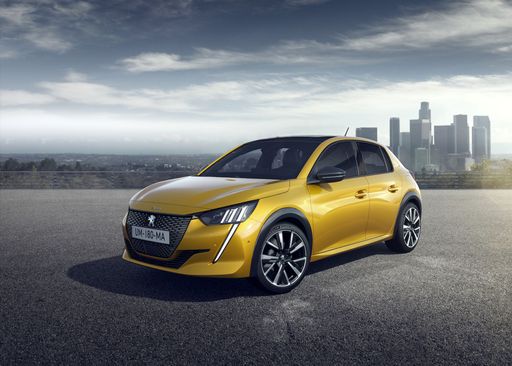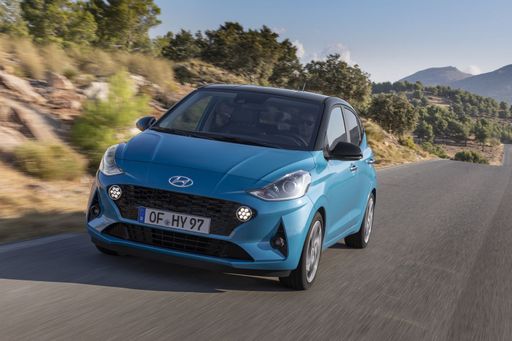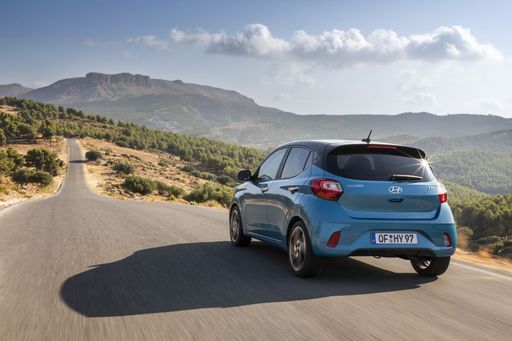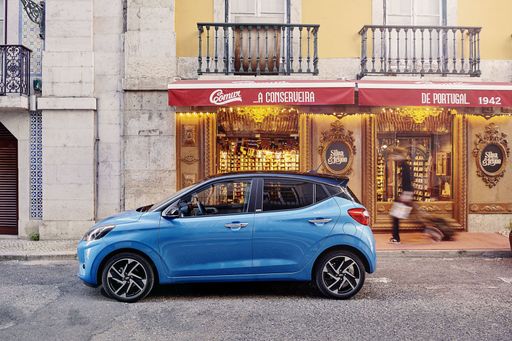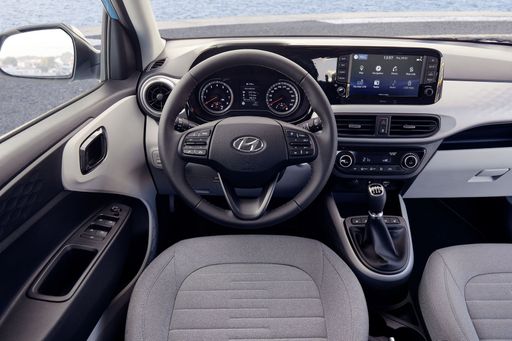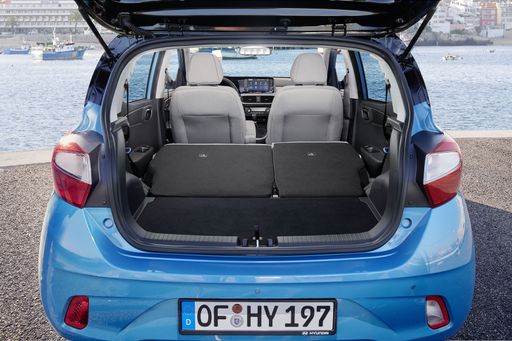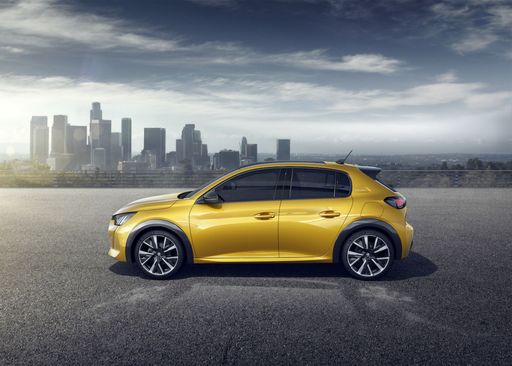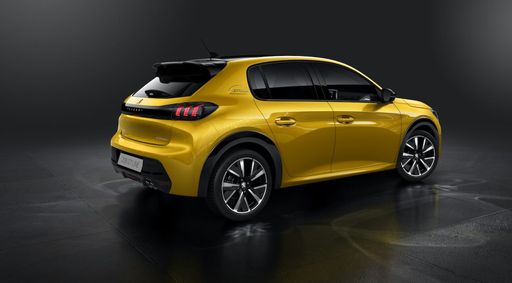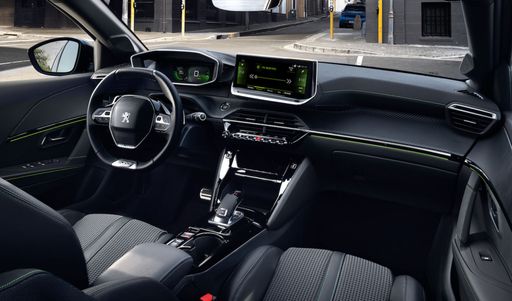A Clash of Compacts: Hyundai i10 vs Peugeot 208
In the realm of compact hatchbacks, the new Hyundai i10 and Peugeot 208 showcase a blend of innovation, style, and practicality. Both cars cater to urban drivers and small families, but their distinct features make them appealing to different audiences. Let's dive into a comparison highlighting their technical prowess and design philosophies.

